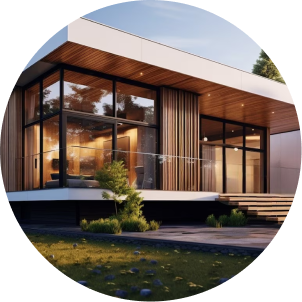

Why Architectural Visualization Matters More Than Ever ?
Imagine trying to explain a building that doesn’t exist yet — the materials, the lighting, the atmosphere. You could use words, maybe a few sketches. But nothing beats actually seeing it. That’s where Architectural Visualization comes in.
In simple terms, architectural visualization is the art of creating realistic images or animations that show what a building or space will look like before it's built. It can be 3D renders, virtual tours, or even interactive walkthroughs. But why is this so important?
Not everyone can read technical drawings or blueprints. A 3D visualization helps clients, investors, and even your own team see exactly what you have in mind. It turns your design into a story — something they can feel and understand.
Visuals speak louder than words. Instead of long emails or confusing diagrams, one image can communicate the entire vibe of a space — the mood, the lighting, the texture. This means fewer misunderstandings and smoother project approvals.
Spotting mistakes early is gold. With visualization, you can test materials, layouts, and lighting before any real-world construction begins. This helps avoid expensive changes later in the process.
A stunning render can turn heads. Whether it’s for social media, a pitch presentation, or a real estate campaign — high-quality visuals grab attention and make your work stand out.
With VR and AR growing fast, architectural visualization isn’t just flat images anymore. Clients can now walk through a design in real time. This makes the experience more immersive and helps build confidence in the design choices.
In short?
Architectural visualization turns abstract ideas into something you can see, feel, and connect with. It's not just a tool — it's a bridge between imagination and reality. And in today’s fast-paced, visual world, that bridge is more important than ever.
A WordPress Commenter
Hi, this is a comment.
To get started with moderating, editing, and deleting comments, please visit the Comments screen in the dashboard.
Commenter avatars come from Gravatar.